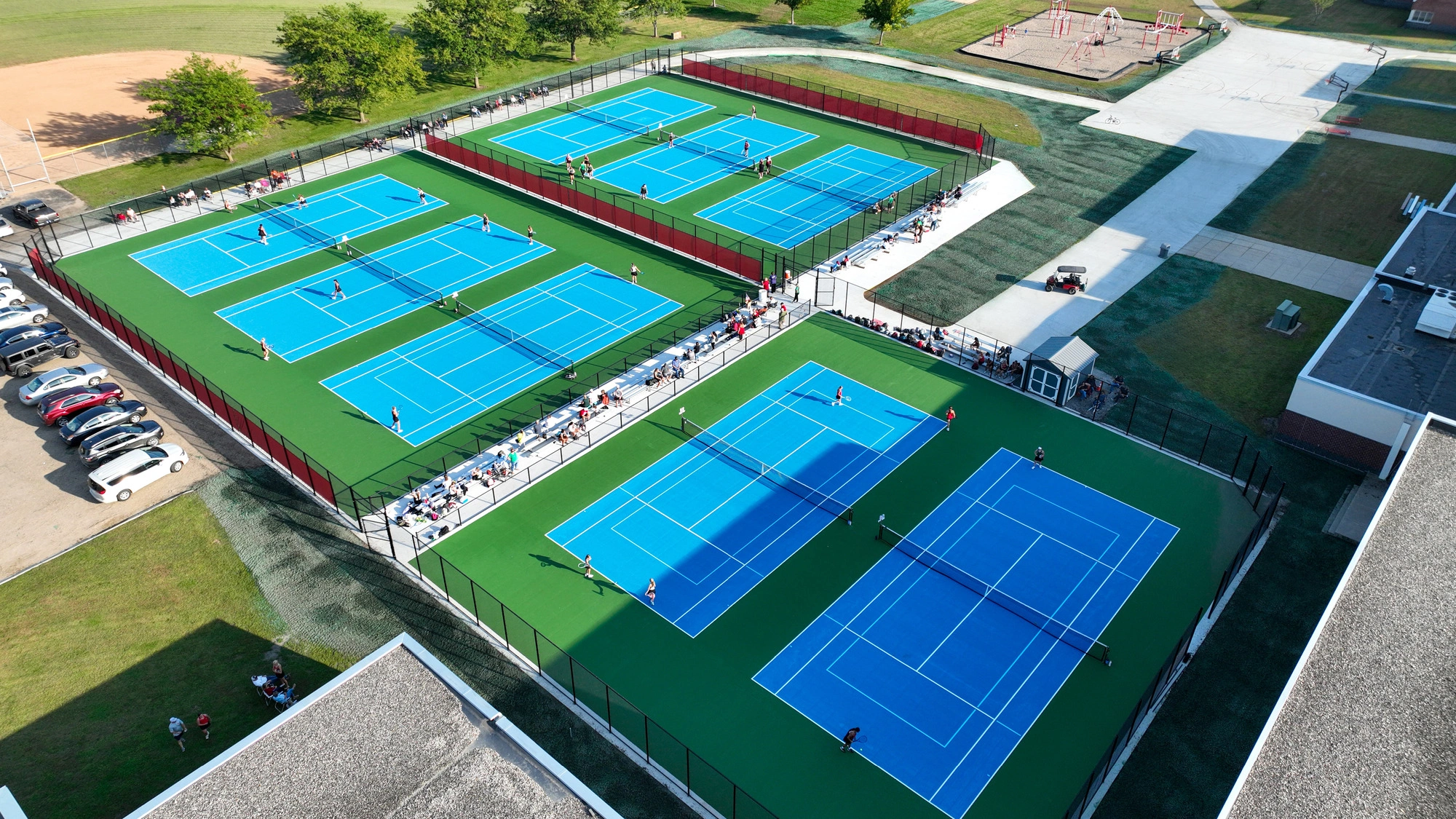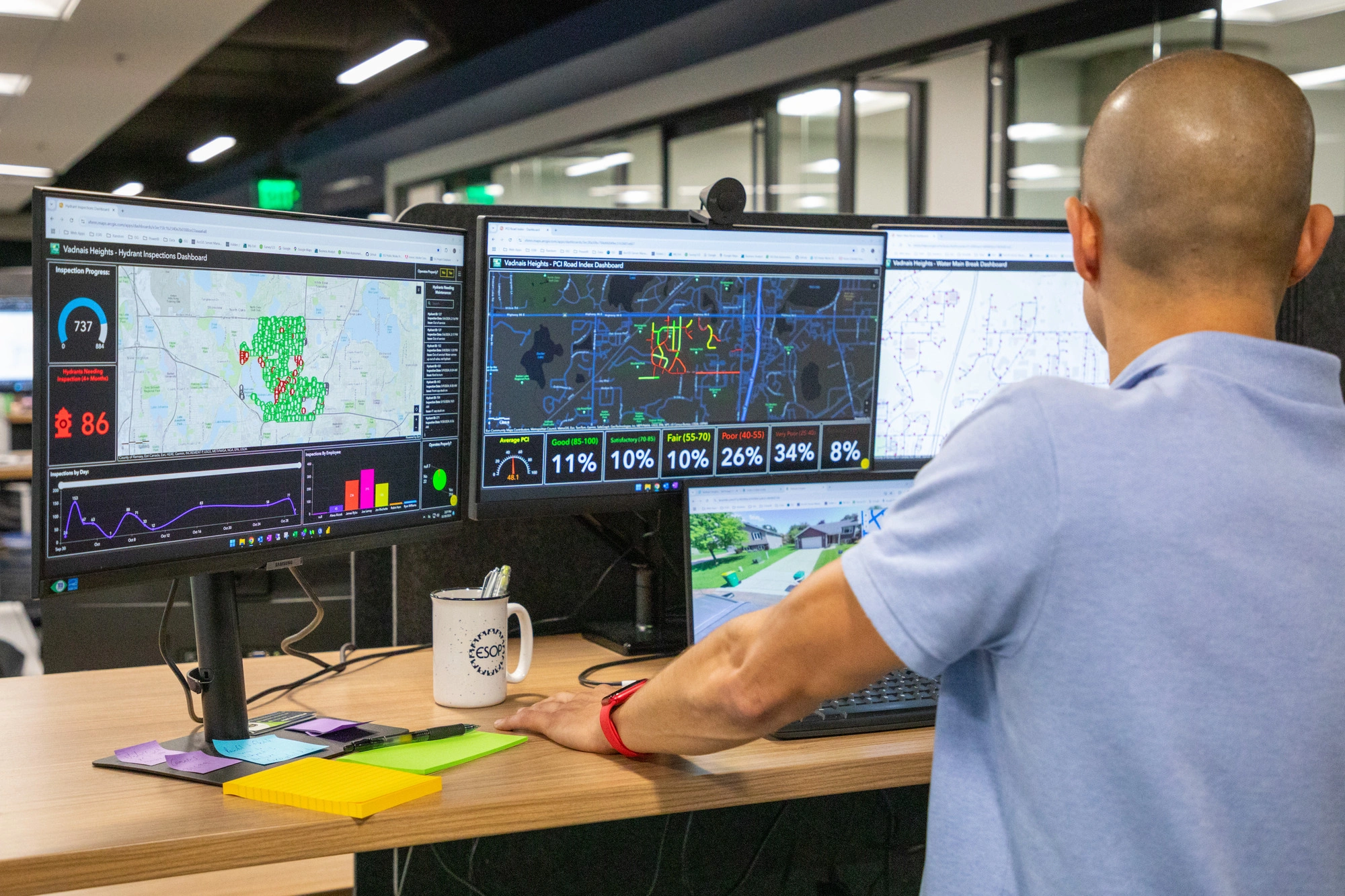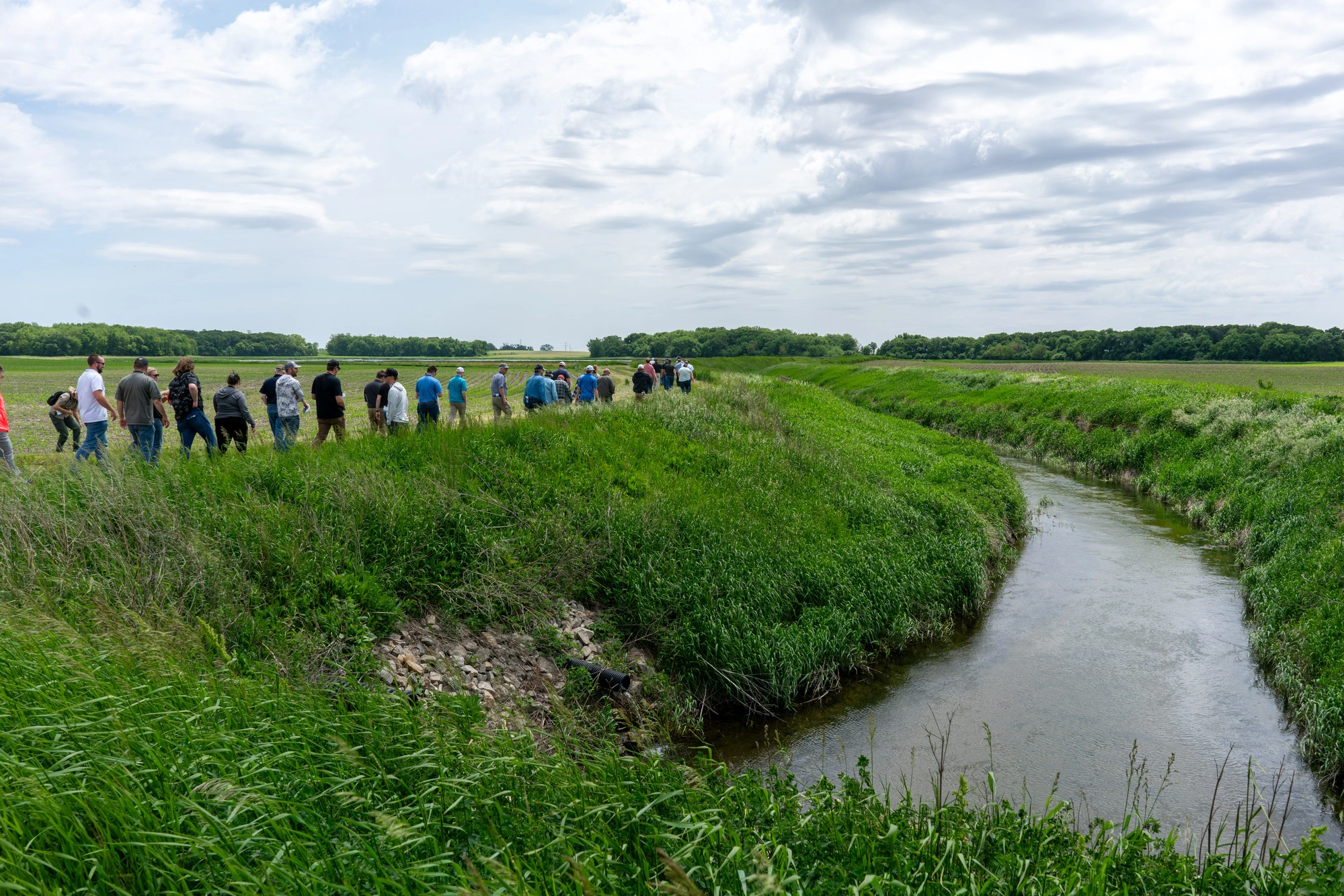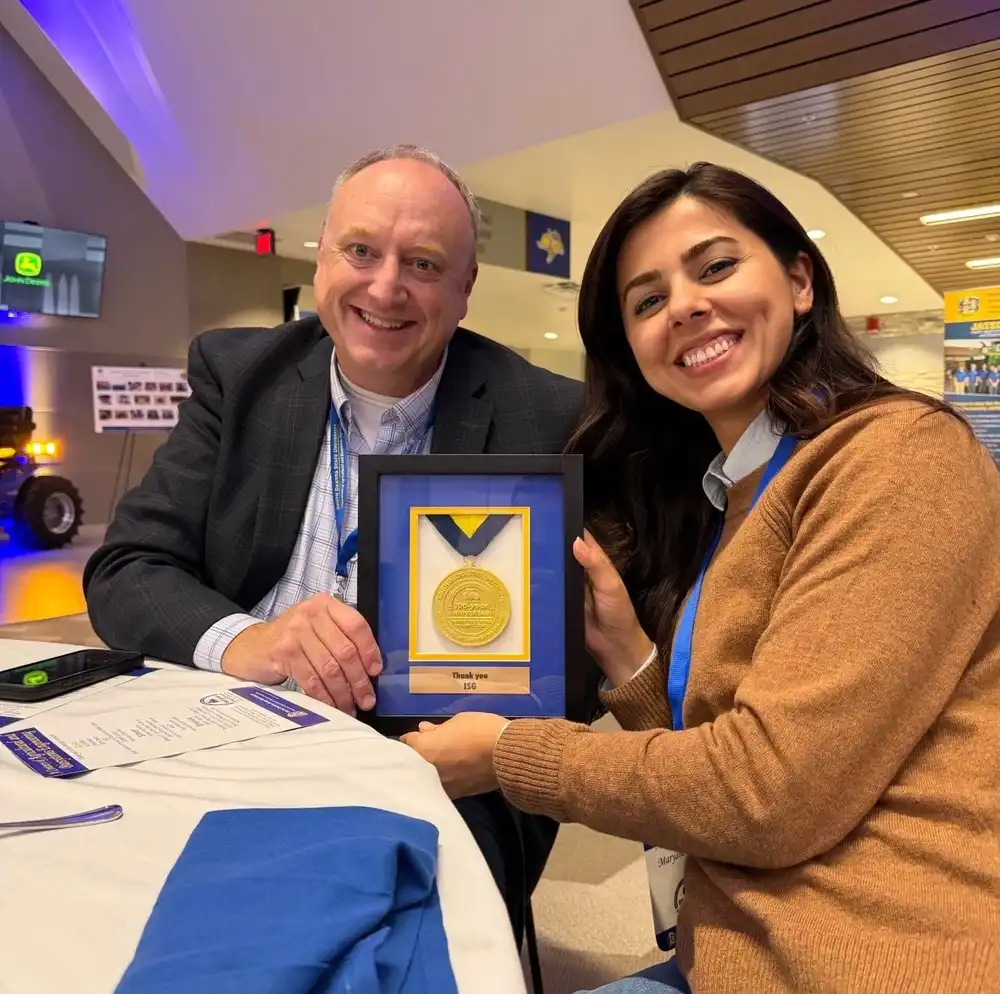Community Development Planning: It’s Not Magic, It’s a Strong Consultant Partnership
Traveling through other communities, do you find yourself envious of the culture, vibrancy, and growth they are experiencing? Do you ever wish your own city was a destination for new people, recreation, and business? Thriving communities didn’t wave a magic wand to have flower baskets appear downtown, a splash pad at the community park, or new housing development near the growing school district. There is no magic wand or formula to bring about the change you want to see in your community, but instead proactive, intentional planning.
Many cities have the same good intentions about community development but lack the resources or knowledge to implement a successful planning process. A planning consultant can help shape your community’s vision, inspire people to see what’s possible, and help organize a clear path forward to accomplish community goals.
The key to a successful consultant partnership is active participation by all stakeholder groups. The consultant brings their planning knowledge, experience, tools, and tactics, but ultimately the community owns the results and knows what they need best. When the community and consultant combine their expertise, big visions for what’s possible are brought to light. Four attributes that contribute to a successful community development planning process and consultant partnership are explained in detail below.
- Proactive and Intentional Due Diligence
When starting any planning process, successful cities think holistically and take steps before, during, and after the planning process to support goals of the plan. Examples of this might include acquiring land needed to expand and support economic development, rezoning different neighborhoods to promote affordable housing, or offering grant and loan programs to foster business development. Whatever targeted elements are needed to build momentum, successful cities start taking immediate action.
- Strength in Weakness
Just as important as identifying the strengths of your community is recognizing its weaknesses. You may lack service coordination, housing options, or recreational amenities. Understanding the reality of your resources can help you focus on achieving practical results with what you do have. A simple analysis, facilitated by the planning consultant, can help pinpoint areas of weakness. As a community, you are then empowered to determine if you want to bolster these areas or apply your resources to other growth opportunities.
- Building Upon the Plan
Additional planning initiatives help support the larger vision of the community development plan and attract stakeholders who are passionate about certain elements. This could involve environmentalists or bike advocates who want to develop a parks and trails plan, or small business owners interested in driving trade and traffic to their stores through a downtown district plan. The larger community development plan will naturally bring the need for other planning efforts to the surface. It’s important to set aside time and resources once the larger plan is complete to tackle and integrate other planning initiatives into your comprehensive strategy for growth.
- Community-Led Engagement
Seasoned planning consultants know that simply involving the community in the planning process is not enough. To meet authentic equity, diversity, and inclusion objectives and experience broader involvement from more segments of your community, the primary community planning group needs to leverage its local connections and personally invite leaders from all aspects of the community to the effort. Planning consultants are experts at helping you identify who should be at the planning table to create a holistic vision and tap into potential social, financial, natural, and human capital. Empowered with this information, it is then the role of the community planning group to employ diverse tactics to promote public participation and ensure all voices are represented.
A successful community development partnership is a symbiotic relationship, each partner helping the other achieve their goals. Enlisting the expertise of a planning consultant brings valuable outside perspective to build on assets already in place, organize the planning process, and help establish a shared community vision. By embracing the importance of active participation throughout the process, community members are more likely to take ownership of the plan results and realize the full potential of what’s possible for their community.
About the Authors
Danielle Propst, AICP
Planner
Danielle has built a career around the study of people, the places they live, and innovative strategies to improve the built environment for the growth and well-being of communities. She brings a breadth of experience leading community planning efforts and public engagement strategies with an overarching goal to create dynamic, responsive, and feasible plans for the communities she serves. An active community volunteer and representative in the planning field, Danielle is a member of the American Institute of Certified Planners (AICP), American Planning Association, and Urban Land Institute.
Danyelle Pierquet, PLA
Landscape Architect
Danyelle is an urban designer, a landscape architect, and Office Leader for ISG Green Bay. A passionate community volunteer, she chairs multiple committees related to parks and recreation, pedestrian and cycling, urban design, and placemaking initiatives.




Related Articles

.webp)
ISG Recognized as a 2025–26 Emerging Professional Friendly Firm for the Fourth Consecutive Cycle
ISG has been honored as a 2025–26 Emerging Professional Friendly Firm by AIA chapters in North Dakota, South Dakota, Wisconsin, and Minnesota in recognition of its commitment to fair compensation, licensure support, mentorship, and growth for early-career architects.












